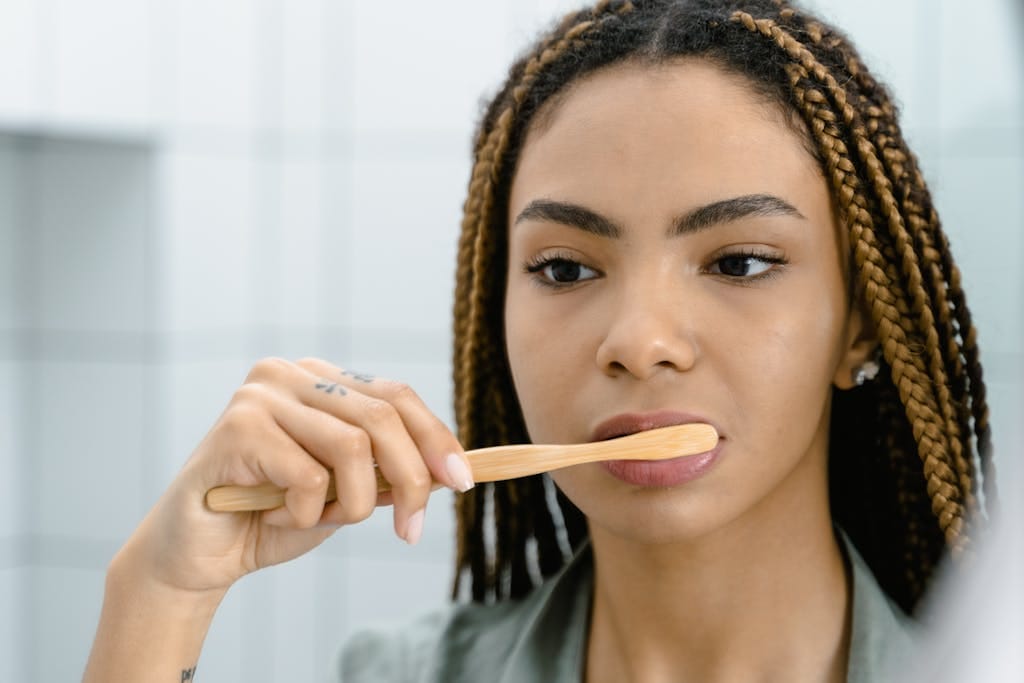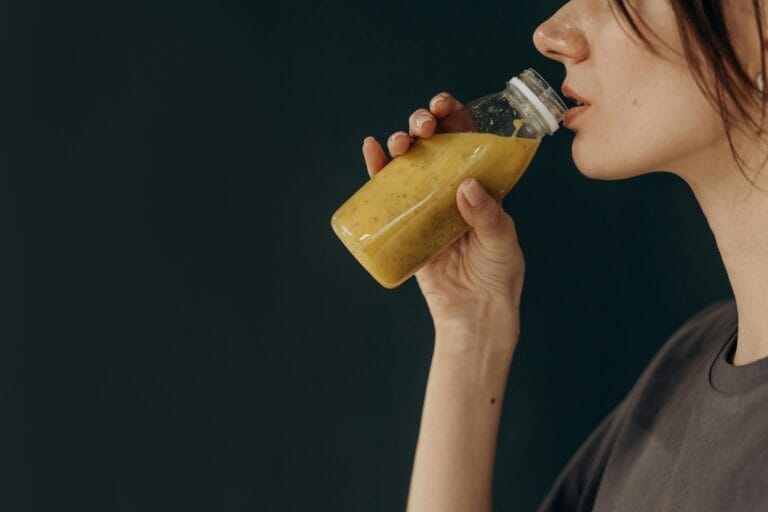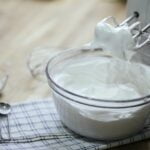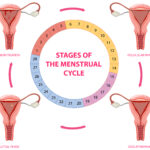FREE SHIPPING OVER $50
Think Your Toothpaste is Safe? The Shocking Ingredient You’re Brushing With Daily
Every morning and every night, millions of us perform the same ritual: we squeeze a blob of toothpaste onto our brush and lather up, confident that we’re doing something good for our oral health. We trust that sparkling clean feeling, the fresh breath, and the promise of strong, cavity-free teeth. But what if the very product designed to keep your mouth healthy actually contains ingredients that are, well, a little horrifying?
It might sound dramatic, but a closer look at the typical toothpaste ingredient list can reveal some surprising, and even concerning, components that you might not expect to be putting in your mouth twice a day. We’re talking about substances that can potentially irritate your gums, disrupt your hormones, or even harm your overall health with long-term exposure.
The Unseen Ingredients: Why You Should Care

It’s easy to assume that if a product is on the shelf, it’s completely safe. After all, isn’t it regulated? While many countries have regulations, the standards vary, and some ingredients permitted in oral care products have raised eyebrows among health experts and consumers alike.
The problem is, your mouth isn’t just a separate entity; it’s a gateway to your entire body. The delicate tissues in your mouth, under your tongue, and your gums can absorb substances directly into your bloodstream. This means what you put in your mouth, even for a few minutes while brushing, can have systemic effects.
Horrifying Ingredients in Your Toothpaste
1. Triclosan: The Controversial Antibacterial Agent
For years, triclosan was a common antibacterial and antifungal agent found not just in toothpaste, but also in hand soaps, body washes, and even some cosmetics. While it was touted for its germ-killing properties, its widespread use began to raise serious red flags.
- The Horrifying Aspect: Studies have linked triclosan to a number of potential issues:
- Antibiotic Resistance: There’s concern that its broad-spectrum antibacterial action could contribute to the development of antibiotic-resistant bacteria, making common infections harder to treat.
- Hormone Disruption: Some research suggests triclosan can interfere with thyroid hormones and other endocrine functions, potentially impacting metabolism and development.
- Gut Microbiome Imbalance: As an antibacterial, it doesn’t just kill bad bacteria; it can also harm the beneficial bacteria in your gut, which are crucial for overall health.
- Where It Stands Now: Due to these concerns, the U.S. Food and Drug Administration (FDA) banned triclosan from antiseptic soaps and body washes in 2016. However, it was not banned from toothpaste due to its role in reducing plaque and gingivitis (specifically in Colgate Total). While many brands have phased it out, its history serves as a cautionary tale about pervasive chemicals.
2. Sodium Lauryl Sulfate (SLS): The Foaming Agent That Can Irritate
That satisfying foamy lather you get when you brush? Much of that comes from a surfactant called Sodium Lauryl Sulfate, or SLS. It’s found in countless personal care products, from shampoos to body washes.
- The Horrifying Aspect: While generally recognized as safe in small amounts, SLS is a known irritant for many people, especially those with sensitive gums or a propensity for canker sores (aphthous ulcers).
- Oral Irritation: It can strip away the protective lining of the mouth, leading to dryness, irritation, and even exacerbating mouth sores.
- Flavor Distortion: Some people report that SLS can temporarily alter their taste buds, making food and drinks taste off after brushing.
- What to Consider: If you frequently experience mouth sores, dry mouth, or gum irritation, switching to an SLS-free toothpaste could offer significant relief. Many natural and sensitive-formula toothpastes skip this ingredient.
3. Artificial Sweeteners: Beyond Just Sugar-Free
To make toothpaste palatable without real sugar, manufacturers often use artificial sweeteners like saccharin, aspartame, or sucralose.
- The Horrifying Aspect: While deemed safe for consumption by regulatory bodies, the long-term effects of artificial sweeteners on gut health and metabolism are increasingly being questioned by emerging research.
- Gut Microbiome Impact: Some studies suggest that artificial sweeteners can negatively alter the balance of bacteria in your gut, which, as we now know, is crucial for overall health, digestion, and even mood.
- Potential Metabolic Effects: There’s ongoing debate about whether these sweeteners might influence insulin sensitivity or glucose metabolism in some individuals.
- What to Consider: If you’re mindful of your gut health and prefer to avoid artificial ingredients, seeking toothpastes sweetened with natural alternatives like xylitol (which actually has oral health benefits!) or stevia is a good option.
4. Artificial Dyes and Colors: Just For Show
Ever wonder why your toothpaste is bright blue, green, or even striped? It’s purely for aesthetic appeal, achieved through artificial dyes like FD&C Blue No. 1, Yellow No. 5, etc.
- The Horrifying Aspect: These synthetic dyes offer no oral health benefit whatsoever. Instead, they come with potential downsides:
- Allergic Reactions/Sensitivities: Some individuals may experience allergic reactions or sensitivities to artificial dyes, leading to irritation.
- Potential Health Concerns (Debatable): While not definitively linked to major oral health issues, some studies on artificial dyes in food have raised concerns about hyperactivity in children and potential carcinogenicity in very high doses, prompting some people to avoid them entirely.
- What to Consider: Since they provide zero benefit, avoiding artificial dyes is an easy choice for those looking to minimize unnecessary chemical exposure. Many toothpastes are now simply white or off-white.
5. Microbeads: Tiny Plastic Pollutants (Mostly Phased Out, But Still a Concern)
Remember those tiny, colorful scrubbing beads that used to be in some toothpastes? They were designed for exfoliation and often made of plastic.
- The Horrifying Aspect: The horrifying part wasn’t necessarily their direct impact on your teeth, but their catastrophic effect on the environment.
- Environmental Pollution: These tiny plastic beads would wash down the drain, bypass water treatment plants, and end up in oceans and lakes, where they harmed marine life and entered the food chain.
- Ingestion Risk: There was also a minor concern about accidentally ingesting them, though the primary alarm was ecological.
- Where It Stands Now: Thankfully, due to public outcry and environmental concerns, microbeads in rinse-off cosmetics and personal care products (including toothpaste) have been largely banned in many countries, including the U.S. and the UK.
6. Propylene Glycol: The Humectant and Solvent
Propylene glycol is a synthetic organic compound used in toothpaste as a humectant (to prevent drying out) and as a solvent. It’s also found in some food products and antifreeze.
- The Horrifying Aspect: While generally recognized as safe for human consumption in small amounts by regulatory bodies, its industrial uses can raise an eyebrow for some consumers.
- Skin/Mucous Membrane Irritation: In higher concentrations, it can be an irritant to skin and mucous membranes. For those with sensitivities, it could potentially contribute to oral irritation.
- Absorption Concerns: Given that it’s absorbed through the skin and oral tissues, some individuals prefer to limit their exposure to it.
- What to Consider: Many “natural” toothpastes opt for vegetable glycerin as a humectant instead, if you prefer to avoid synthetic compounds.
7. Carrageenan: The Thickening Agent
Carrageenan is a common food additive extracted from red seaweed, used in many products (including some toothpastes) as a thickener, emulsifier, and stabilizer.
- The Horrifying Aspect: While widely used, carrageenan has become highly controversial, with some research suggesting it could contribute to inflammation and gut issues.
- Inflammatory Response: Degraded carrageenan (a different form, but present in some food-grade carrageenan) is a known inflammatory agent. Even food-grade carrageenan has been linked in some animal studies to gut inflammation, ulcers, and intestinal lesions.
- Digestive Distress: Some individuals report experiencing digestive upset like bloating, IBS-like symptoms, or inflammation after consuming products with carrageenan. While topical use in toothpaste is different from ingestion, it’s still entering the oral cavity.
- What to Consider: For those with sensitive guts or inflammatory conditions, avoiding carrageenan in all forms, including toothpaste, might be a personal preference worth exploring.
Making Informed Choices for Your Oral Health
It’s easy to feel overwhelmed by all these ingredients. The good news is that you have choices. The market for toothpastes free from some of these more concerning ingredients has exploded.
Here’s how you can make a more informed decision:
- Read the Label: Take a few minutes to actually read the ingredient list on your toothpaste tube. Google any ingredient you don’t recognize.
- Look for Transparency: Many brands committed to cleaner formulations will highlight what they don’t include (e.g., “SLS-free,” “Triclosan-free,” “No Artificial Dyes”).
- Consider “Natural” Toothpastes: Many brands marketed as “natural” or “clean” often avoid the ingredients listed above, opting for plant-derived alternatives. However, “natural” isn’t a regulated term, so always check the ingredients.
- Focus on the Essentials: When it comes to effective oral health, the most crucial ingredients are usually fluoride (for cavity protection, if you choose to use it) or hydroxyapatite, along with mild abrasives and detergents to clean your teeth. Everything else is largely for taste, texture, or marketing.
- Consult Your Dentist: If you have specific oral health concerns or sensitivities, talk to your dentist. They can offer personalized recommendations based on your individual needs.
Ultimately, what you put in your mouth matters, even something as routine as toothpaste. While some of these ingredients might be present in small amounts, making informed choices about the products you use regularly can contribute to better overall health and peace of mind. Your mouth (and your body) will thank you for it!
Related Articles
- I Avoided the Dentist & Got a Celebrity Smile Using These Peroxide-Free Whitening Strips
- Dentists Hate This: 8 Flossing Secrets They’ll Never Tell You (Number 5 Is Gross)
- Is Teeth Whitening Ruining Your Smile? The Truth You Need to Know
- Dentists Reveal: Is an Electric Toothbrush Really Better—Or Just Hype?
- I Asked 5 Cosmetic Dentists Which Toothpastes Work Best for Whitening—Did Yours Make the List?







